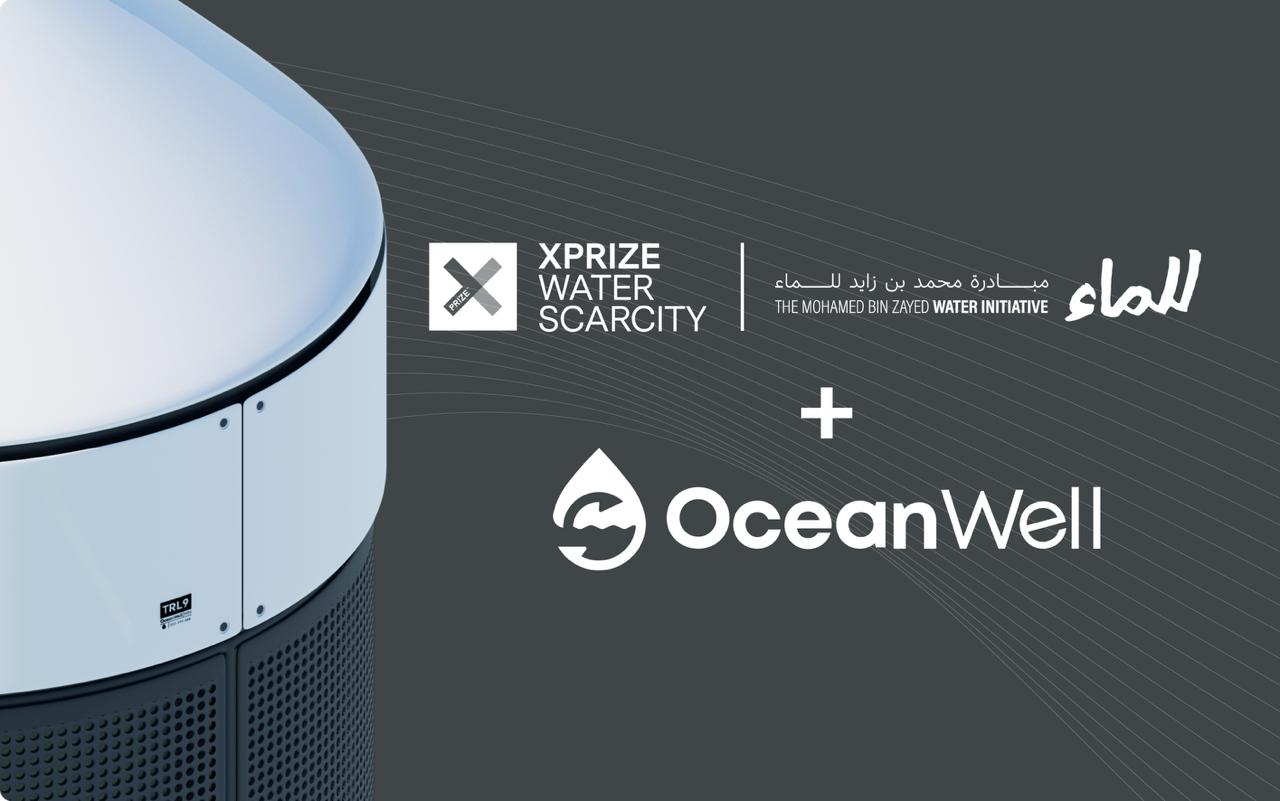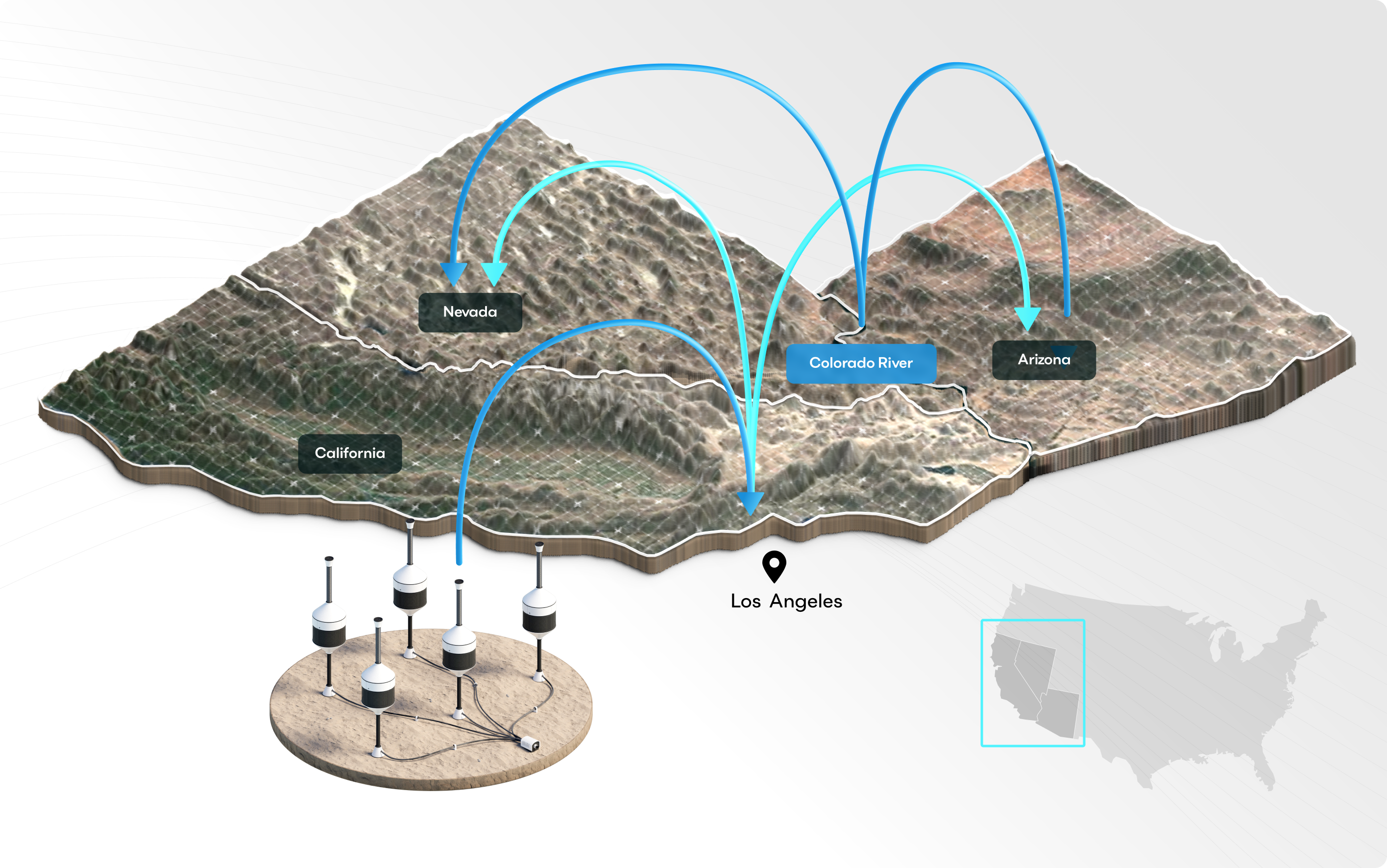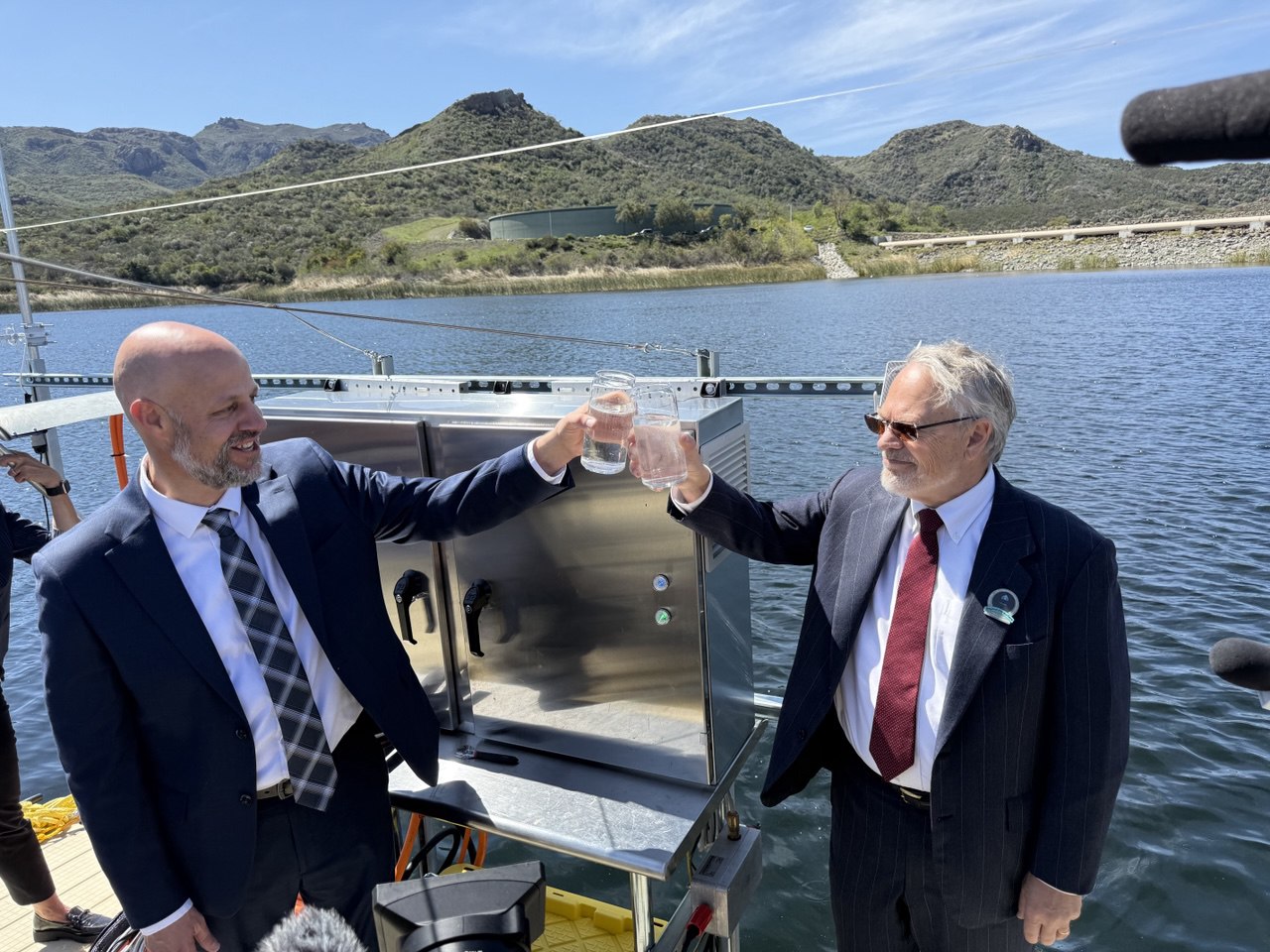When people talk about the environmental costs of artificial intelligence, they often focus on carbon emissions and electricity use. What is less discussed is the impact on water.

The good: AI has significant potential to support water conservation. In agriculture, AI tools are helping optimize irrigation by combining weather forecasts, soil data, and crop information to deliver water more efficiently. Utilities are beginning to use machine learning to detect leaks in pipes and buildings, preventing waste before problems grow. Water treatment facilities are adopting AI to improve efficiency in processes like chemical dosing and aeration, saving both water and energy.

The bad: Data centers, which power AI systems, use vast amounts of water for cooling. Some estimates suggest that AI infrastructure could consume billions of cubic meters of freshwater in the coming years — enough to cover nearly 200,000 football fields with a meter of water, exceeding the annual withdrawal of some small nations. The water footprint is not only direct but also indirect, since electricity generation often depends heavily on water. Training large AI models consumes a tremendous amount of water depending on the energy mix and location.
The balance between AI’s costs and benefits comes down to choices. Locating data centers in areas with sustainable water supply, improving transparency in reporting water use, and investing in closed-loop cooling technologies can reduce the pressure on water resources. At the same time, continued deployment of AI in conservation and water management can help offset some of the industry’s own footprint.
There is also the issue of geography: many data centers are located in regions already facing water scarcity, amplifying the strain on local communities.
Recent research has highlighted just how thirsty AI has become. One study estimated that training GPT-3 consumed about 700,000 megaliters of clean water—enough to manufacture hundreds of cars or thousands of smartphones. In Iowa, where Microsoft operates a major data center, reports showed that water use jumped by millions of gallons during periods of intense AI training.
And it’s not just training models that uses water—running them does too. According to data compiled by Business Energy UK and The Washington Post, a single 100-word ChatGPT-4 response consumes roughly 519 milliliters of water and 0.14 kWh of electricity. With around 285 million responses generated daily by ChatGPT’s 57 million active users, that amounts to an estimated 148 million liters (39 million gallons) of water consumed every day—enough to cover nearly 28,000 football fields with a 1-centimeter layer of water.
These figures underscore the scale of the challenge and the urgency of making changes. The largest tech companies, including Microsoft, Google, and Amazon, have all pledged to become “water positive” within this decade, meaning they intend to replenish more water than they consume. Whether these commitments keep pace with AI’s rapid growth will be one of the defining environmental questions of the industry.
AI’s water footprint spans far beyond just cooling servers—it also includes off-site electricity generation and semiconductor manufacturing, all of which are highly water-intensive. Morgan Stanley Research notes that as AI adoption accelerates, overall compute demand could surge due to efficiency gains lowering costs, creating a “Jevons Paradox” effect. However, some experts warn that increased efficiency alone might not reduce total water use because of the Jevons Paradox which is the idea that as technology becomes more efficient and accessible, people tend to use it even more, which can actually increase overall consumption. Whether these commitments keep pace with AI’s rapid growth will be one of the defining environmental questions of the industry. This means water consumption will rise even more sharply across the AI value chain. Already, 73% of data center professionals say water availability is slowing down new builds, and global water scarcity is projected to intensify, with an additional 1 billion people expected to live under extremely high-water stress by 2050. As climate change continues to disrupt rainfall and diminish terrestrial water storage, securing sustainable water sources will be critical to AI’s future growth.
From an OceanWell perspective, we’ll be producing water from the deep ocean, where temperatures are naturally ultra-cold year-round, making it an ideal resource for advanced cooling applications, as a natural byproduct of our freshwater supply. This consistent chill has the potential to be harnessed to dramatically reduce the energy demands of artificial intelligence (AI) data centers, which require immense cooling power to operate efficiently. By leveraging deep ocean water as a renewable cooling source, OceanWell offers a sustainable alternative to traditional air conditioning and evaporative systems, lowering both costs and carbon emissions through reliable, climate-resilient infrastructure that supports the growing demands of AI and other high-performance computing technologies. You can read more about OceanWell and data centers here:
As AI continues to expand, so does the immense demand for water to keep data centers cool, a challenge that already strains local supplies. OceanWell can deliver: 60 million gallons every day through their Water Farm 1 modular pod system which is equal to 227,000 cubic meters or 2,626 liters per second of fresh, ultra-cold deep ocean water. By tapping into this steady, renewable source, AI infrastructure could shift away from competing with communities for scarce freshwater, instead leveraging a sustainable cooling supply that scales with the rapid growth of computing power.
AI’s relationship with water is complicated. It is both a challenge and a tool. If managed carefully, the technology can become part of the solution to water scarcity rather than part of the problem. But for now, it is clear that AI is very thirsty.
References
- MIT News. “Explained: Generative AI’s Environmental Impact.” 2025. https://news.mit.edu/2025/explained-generative-ai-environmental-impact-0117
- Forbes. “AI Is Accelerating the Loss of Our Scarcest Natural Resource: Water.” 2024. https://www.forbes.com/sites/cindygordon/2024/02/25/ai-is-accelerating-the-loss-of-our-scarcest-natural-resource-water
- White & Case. “AI in Water Management: Balancing Innovation and Consumption.” 2023. https://www.whitecase.com/insight-our-thinking/ai-water-management-balancing-innovation-and-consumption
- Morgan Stanley Research. (2024). Breaking down AI’s water footprint. Morgan Stanley. Siddik, Md AbuBakar; Shehabi, Arman; Marston, Landon T. “The Environmental Footprint of Data Centers in the United States.” Environmental Research Letters, 2021. This article quantifies both carbon and water footprints of US data centers (direct and indirect water uses), and shows how many are located in water-stressed watersheds.
- Siddik, Md AbuBakar; Shehabi, Arman; Marston, Landon T. “The Environmental Footprint of Data Centers in the United States.” Environmental Research Letters, 2021. This article quantifies both carbon and water footprints of US data centers (direct and indirect water uses), and shows how many are located in water-stressed watersheds. https://eta-publications.lbl.gov/publications/environmental-footprint-data-centers?

Heading














